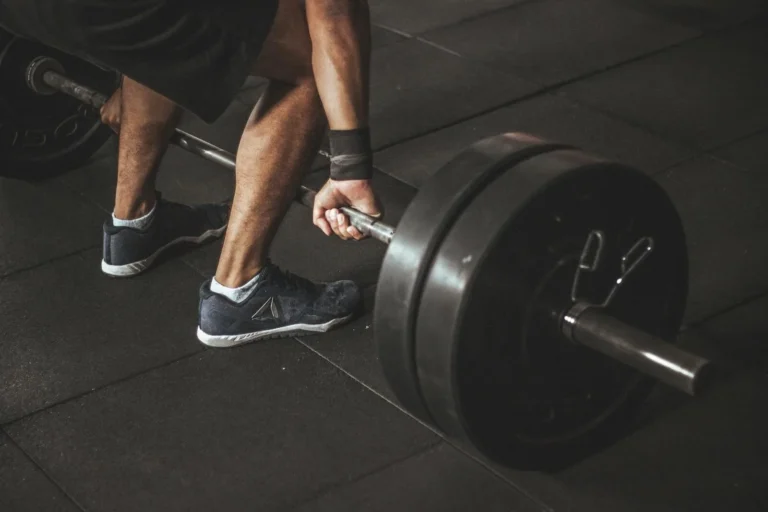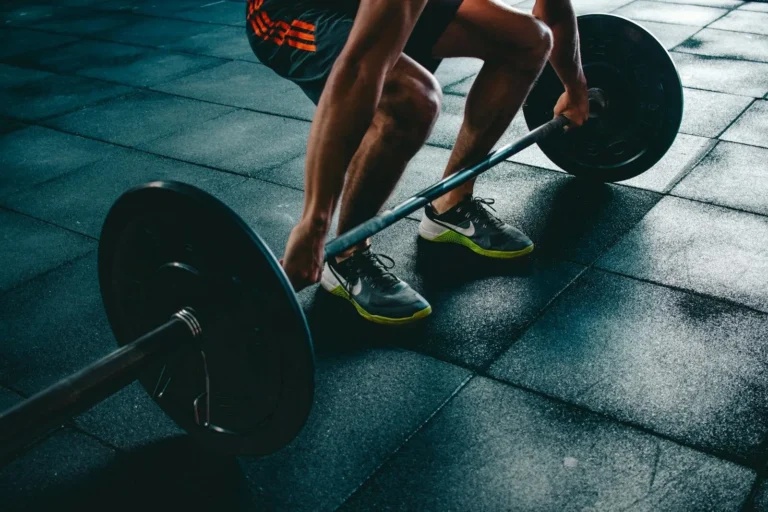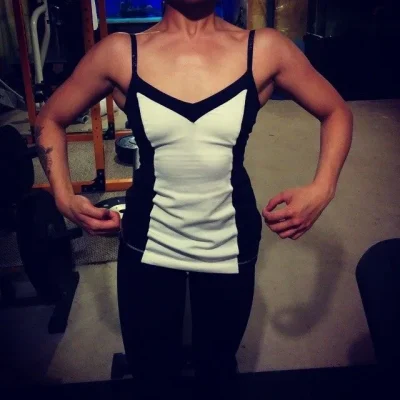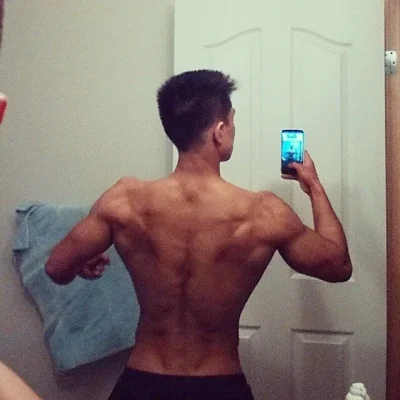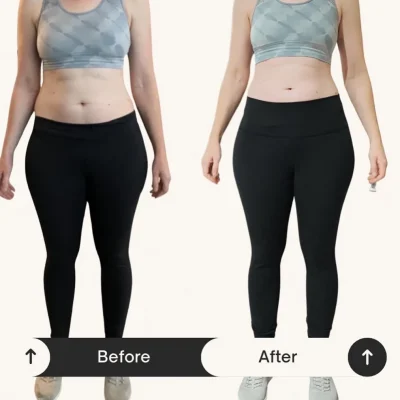With the right approach, your home can be an effective environment for weight loss. Incorporating high-intensity interval training (HIIT), strength training, and bodyweight exercises into your routine can enhance calorie burning and boost metabolism. You’ll also benefit from engaging in cardio workouts, such as jumping jacks or burpees, that require minimal space and equipment. These exercises not only promote fat loss but can also improve your strength and endurance, leading to overall better health.
Key Takeaways:
- Bodyweight exercises like squats, push-ups, and lunges are effective for building strength and burning calories.
- High-Intensity Interval Training (HIIT) can maximize fat loss in shorter workout sessions.
- Incorporating cardio exercises, such as jumping jacks or running in place, can enhance overall weight loss efforts.
Benefits of Home Workouts
Home workouts provide flexibility and a personal environment, allowing you to focus on your fitness goals without external distractions. You can create personalized routines that fit your preferences and schedule, making it easier to stay committed. Additionally, the comfort of your own space can lead to increased confidence, enabling you to push boundaries and try new exercises.
Convenience and Accessibility
With home workouts, you eliminate travel time and gym hours, making it easy to integrate exercise into your daily routine. You have the freedom to work out anytime, whether it’s early morning or late at night, ensuring you can fit fitness into your life without constraints. This accessibility allows you to prioritize your health efficiently.
Cost-Effectiveness
Home workouts are significantly more affordable than gym memberships or personal training sessions. You can exercise using your body weight, resistance bands, or inexpensive equipment like dumbbells, minimizing overall costs. Many effective online programs and apps are available for free or at a low subscription rate, ensuring you can engage in quality workouts without overspending.
Investing in home workouts can save you hundreds of dollars annually compared to traditional gyms. For instance, the average gym membership costs approximately $600 per year, while many online platforms and resources provide workout plans for as little as $10 per month. By utilizing free resources, you can seamlessly integrate fitness into your life and maintain your budget effectively.
Types of Effective Weight Loss Exercises
To achieve weight loss at home, focus on a combination of cardiovascular and strength training exercises. Each type serves a unique purpose in promoting fat loss and improving overall fitness levels. Incorporating various movements will keep your routine engaging and effective. Identify which exercises resonate with you to ensure consistency and dedication to your weight loss journey.
| Exercise Type | Examples |
|---|---|
| Cardiovascular | Running in place, jumping jacks, cycling |
| Strength Training | Bodyweight squats, push-ups, lunges |
| High-Intensity Interval Training | Burpees, mountain climbers, sprints |
| Flexibility and Mobility | Yoga, stretching routines |
| Core Workouts | Planks, Russian twists, bicycle crunches |
Recognizing the balance between these exercise types enhances your weight loss efforts and promotes overall health.
Cardiovascular Exercises
Cardiovascular exercises elevate your heart rate and help burn calories efficiently. Activities like jumping jacks, running in place, or cycling require little to no equipment and can be easily integrated into your routine. Aim for at least 150 minutes of moderate-intensity or 75 minutes of high-intensity cardiovascular exercise weekly to maximize fat loss and improve your cardiovascular health.
Strength Training
Strength training is imperative for building muscle and boosting metabolism. Incorporating exercises such as push-ups, squats, and lunges into your routine helps tone your body while increasing your calorie-burning potential at rest. Aim for at least two sessions per week to supplement your cardiovascular workout, ensuring all major muscle groups are engaged.
For optimal results, focus on progressive overload in your strength training regimen. Gradually increase the resistance or number of repetitions as you become stronger to continue challenging your muscles, which leads to increased muscle mass and higher metabolic rates. Mixing different variations of bodyweight exercises can keep your workouts fresh and exciting, while maintaining a consistent schedule fosters long-term commitment to your weight loss goals.
High-Intensity Interval Training (HIIT)
HIIT is an effective workout technique that alternates between short bursts of intense exercise and periods of rest or low-intensity activity. This approach maximizes fat burning and boosts cardiovascular fitness in a limited time. Incorporating HIIT into your routine can lead to significant calorie burn, even after the workout is completed, thanks to the afterburn effect, where your body continues to burn calories post-exercise.
What is HIIT?
HIIT involves alternating between periods of all-out effort and lower-intensity recovery. For example, you might sprint for 30 seconds followed by a 1-minute walk. This method elevates your heart rate quickly, enhancing your metabolism and aiding in weight loss while also improving aerobic fitness.
Sample HIIT Routines
To implement HIIT at home, try variations like the 20-20-20 method, where you perform 20 seconds of intense exercise followed by 20 seconds of rest, repeated for 20 minutes. Another option is the Tabata style, involving 20 seconds of maximal effort followed by 10 seconds of rest, repeated for 4 minutes per exercise.
For more structure, you can create a workout circuit that includes exercises like burpees, jumping jacks, high knees, and mountain climbers. For instance, perform burpees for 30 seconds, rest for 10 seconds, move to high knees for 30 seconds, and repeat the cycle for 15-20 minutes. Aim for a variety of exercises to target different muscle groups and keep the routine engaging, ensuring you push yourself during the intense intervals for maximum effectiveness.
Bodyweight Exercises for Weight Loss
Bodyweight exercises utilize your own weight to build strength and facilitate weight loss, eliminating the need for equipment. These exercises can be done anywhere in your home, making them accessible and efficient. Rely on movements like squats, push-ups, and lunges to target multiple muscle groups while also enhancing cardiovascular fitness. By consistently incorporating bodyweight workouts into your routine, you can enhance your metabolism and promote fat loss effectively.
Key Bodyweight Exercises
Focus on a few key bodyweight exercises to maximize your workout effectiveness. Incorporate push-ups for upper body strength, squats for lower body power, and planks for core stability. Burdens and mountain climbers can also elevate your heart rate. Aim for a balanced mix that targets various muscle groups to achieve comprehensive fitness results.
Creating a Bodyweight Workout Plan
Designing a bodyweight workout plan involves selecting exercises that align with your fitness level and goals. Start with 3 to 4 sessions each week, dedicating 30 to 45 minutes per session. Structure your plan around circuits that include 10-15 repetitions of each exercise, progressing gradually as you gain strength and endurance. Incorporating rest periods will also help your muscles recover while maintaining a high heart rate for optimal fat burn.
Build your bodyweight workout plan by initially selecting exercises that suit your current fitness level. Gradually increase the intensity over time; for example, start with basic push-ups before advancing to variations like diamond or decline push-ups. Split your workout into segments focusing on different body areas, ensuring a balanced approach to strength and endurance. Mix static holds, like planks, with dynamic movements such as jumping jacks to keep the workout engaging and challenging while driving significant calorie expenditure.
Incorporating Flexibility and Balance
Flexibility and balance are vital components of a well-rounded fitness routine, especially when exercising at home. These elements not only improve your overall workout performance but also enhance your daily functional movements. By integrating flexibility and balance exercises into your regimen, you can reduce the risk of injury and improve posture, ultimately supporting your weight loss goals.
Importance of Flexibility
Flexibility enhances your range of motion, making it easier to perform daily activities and exercise movements. Improved flexibility can lead to better muscle performance, reduced soreness, and faster recovery times. Additionally, it plays a key role in maintaining joint health, promoting overall stability and balance during workouts.
Effective Exercises for Flexibility
Incorporate various stretching routines and exercises to improve your flexibility. Techniques such as static stretching, dynamic stretching, and foam rolling can be highly effective. Activities like yoga and Pilates also provide structured approaches to enhance flexibility and promote relaxation, offering both physical and mental benefits.
Examples of effective flexibility exercises include deep lunges, standing quadriceps stretches, and seated forward bends. Incorporate a few minutes of stretching daily, focusing on major muscle groups such as hamstrings, quadriceps, shoulders, and back. Aim for at least 15-30 seconds per stretch, holding until you feel a mild tension without pain. This routine can significantly enhance your flexibility and complement your cardiovascular and strength training efforts, contributing to your overall weight loss journey.
Tips for Staying Motivated at Home
Staying motivated at home can be challenging, but creating a structured environment can boost your chances of success. Incorporate a designated workout area, set specific times for exercise, and surround yourself with motivational quotes or images. Engaging in workouts with friends through virtual classes can also enhance your accountability. Consider maintaining a workout journal to celebrate small achievements. Ultimately, focus on the journey rather than the destination. Consistency and a positive mindset are key. Assume that your future self will thank you for the effort you put in today.
Setting Realistic Goals
Define clear, attainable goals that align with your lifestyle. Instead of aiming to lose a specific amount of weight quickly, consider smaller, measurable targets such as exercising for 30 minutes three times a week. These realistic goals help maintain motivation and make your journey feel less overwhelming. Celebrate each achievement, no matter how small, to reinforce your commitment to weight loss.
Tracking Progress
Keeping track of your progress provides measurable insights into your journey. Utilize a journal or an app to log workouts, durations, and repetitions as well as any weight changes. Tracking not only highlights your improvements but can also reveal patterns in your routines. Regular reviews of your progress can keep you motivated and allow for adjustments to your goals and workouts.
Use a combination of methods to enhance your tracking experience. For example, taking photos of yourself at intervals can visually capture your progress, while a digital ledger can simplify logging workouts and meals. Assessing metrics such as your energy levels and overall mood can provide additional insights. Consider using fitness trackers or apps that can sync with your routines to visualize trends and results over time. Each entry becomes a testament to your hard work and determination.
To wrap up
With this in mind, the best weight loss exercises you can do at home include a mix of cardio and strength training. Incorporate activities like jumping jacks, burpees, and bodyweight exercises such as squats and push-ups to elevate your heart rate and build muscle. Consistency is key; aim for regular sessions throughout the week to maximize your results. Additionally, consider incorporating high-intensity interval training (HIIT) for a more efficient workout. By committing to these exercises, you will enhance your weight loss journey effectively and sustainably.
FAQ
Q: What are the best cardio exercises for weight loss that I can do at home?
A: Effective cardio exercises for weight loss at home include jumping jacks, burpees, high knees, and running or jogging in place. These exercises elevate your heart rate and help burn calories. Aim for at least 30 minutes of cardio most days of the week.
Q: Are bodyweight exercises effective for losing weight at home?
A: Yes, bodyweight exercises such as push-ups, squats, lunges, and planks are effective for weight loss. They build muscle, increase metabolism, and can be performed without any equipment. Incorporate a mix of these exercises into a weekly routine for optimal results.
Q: How often should I work out at home for weight loss?
A: For effective weight loss, aim for at least 150 minutes of moderate-intensity exercise per week. This can be divided into 30-minute sessions five times a week. Include both cardio and strength training for balanced fitness and increased calorie burn.

